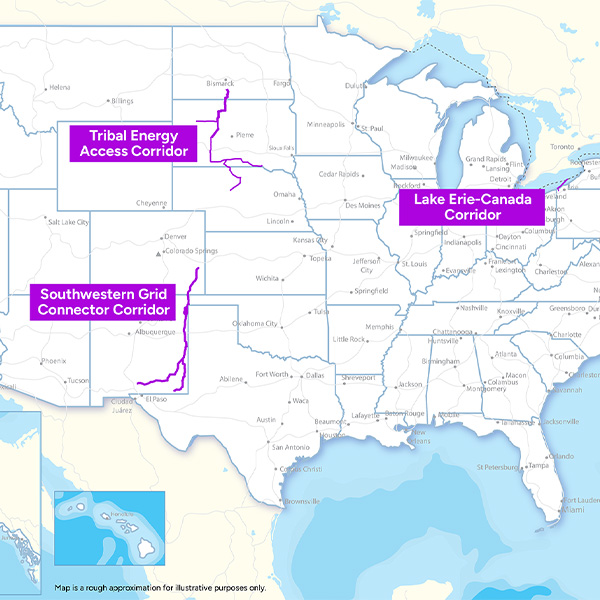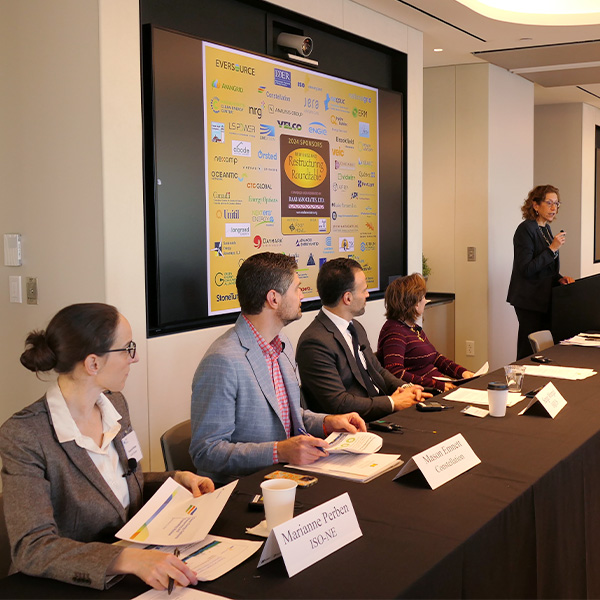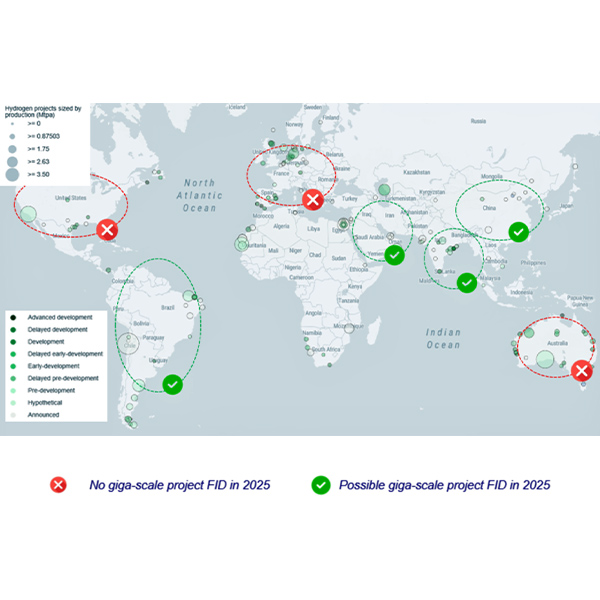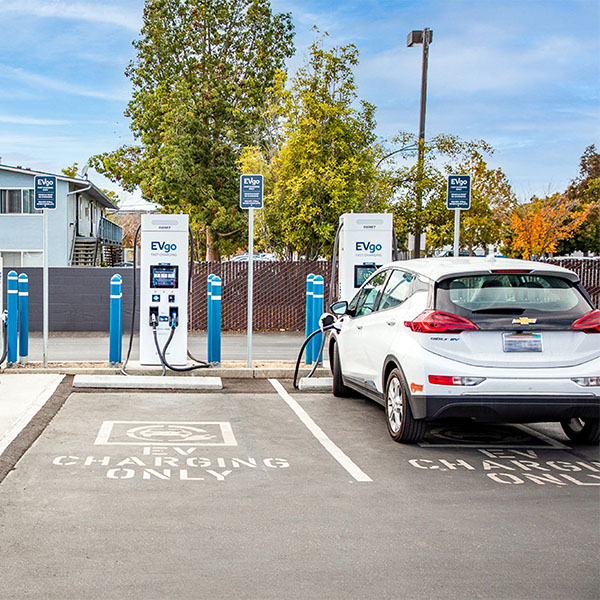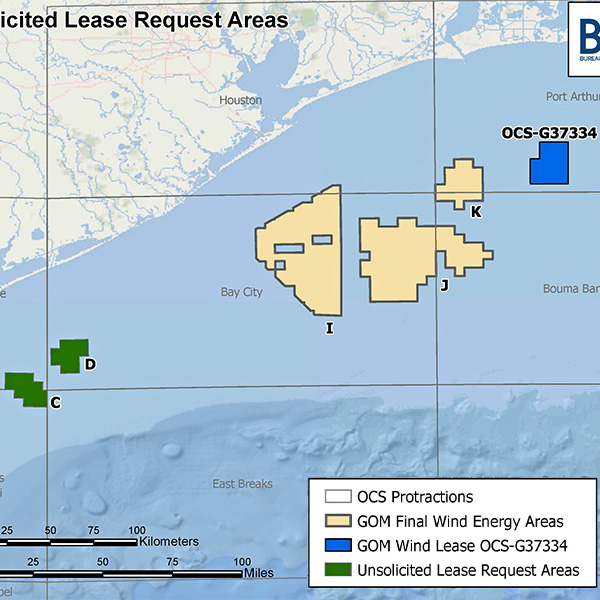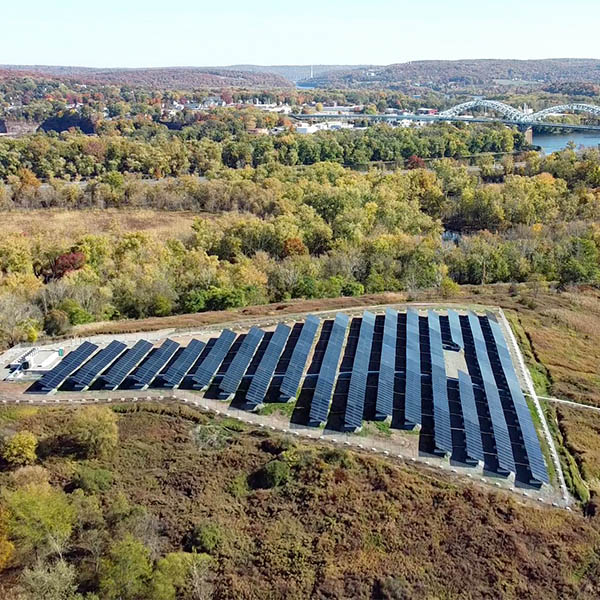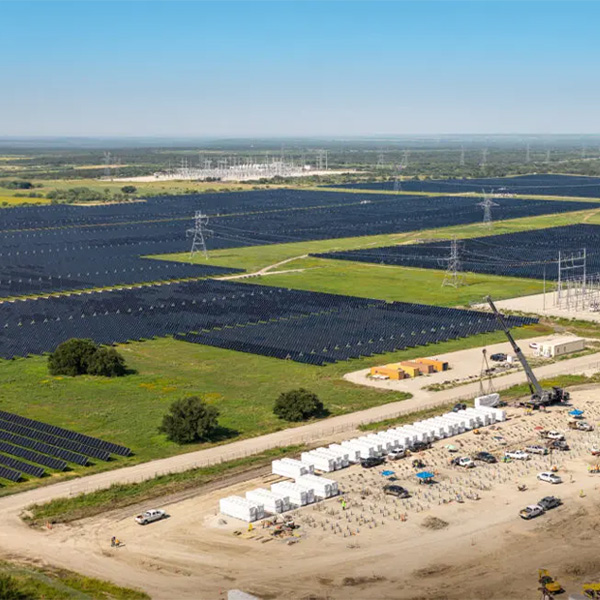Federal Policy
CongressDepartment of EnergyLoan Programs Office (LPO)Department of TransportationEnvironmental Protection AgencyFederal Energy Regulatory CommissionGeneral Services Administration (GSA)Interior DepartmentBureau of Land ManagementBureau of Ocean Energy ManagementNuclear Regulatory CommissionTreasury DepartmentWhite House
The Department of Energy slashed the list of 10 potential National Interest Electric Transmission Corridors it released in May to just three narrower corridors in the third phase of its designation process.
While 2024 brought notable success on state-level climate policy in Massachusetts, 2025 brings significant uncertainty regarding whether the change in federal administration will slow the momentum of the clean energy transition in the region.
Wood Mackenzie’s analysts expect the U.S. to solidify its position as the world’s leading producer of blue hydrogen in 2025.
EVgo CEO Badar Khan said expanding the availability of fast chargers is “a key ingredient to the long-term competitiveness and sustainability of the U.S. automotive industry."
The LPO still has close to $400 billion in unspent loan authority, and Shah said it is providing essential financing to “the most exciting entrepreneurs and innovators that America has to offer."
Requests that two developers submitted this year have prompted BOEM to start planning a 2026 offshore wind auction in the Gulf of Mexico.
The U.S. solar industry is embracing priorities of the incoming Trump administration as it seeks to preserve the momentum it built during the Biden administration.
"Deep, collaborative partnerships combined with creative problem-solving are the only way we can meet the explosion of AI growth, as well as society's accelerating electricity demand," said Sheldon Kimber, CEO of Intersect Power.
Clean industry executives and experts at DOE's Deploy 2024 conference were surprisingly optimistic about continuing market growth linked to the boom in energy demand from data centers, AI and electrification.
A pilot effort in 24 communities nationwide yielded important insight for environmental justice initiatives, the U.S. Department of Energy said.
Want more? Advanced Search
